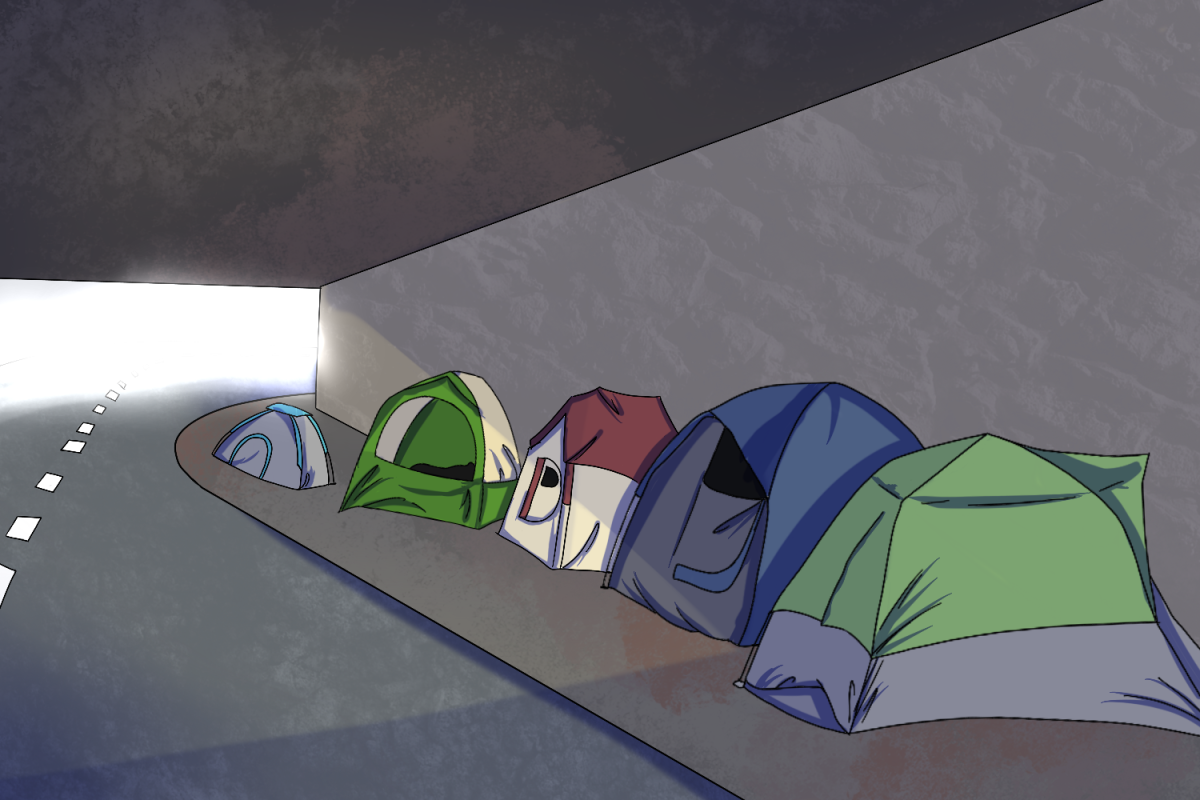If you’ve turned on the radio at all this year, chances are you have heard Miley Cyrus’ comeback hit, “Flowers.” Immediately after its release, listeners noted parallels between the song and Bruno Mars’ “When I Was Your Man.” Supposedly, Cyrus took inspiration from Mars’ song to spite her ex-husband, Liam Hemsworth, who once dedicated it to her. The issue, however, is that Cyrus didn’t merely take inspiration from “When I Was Your Man.” She nearly copied the chorus word-for-word, which reopens an ongoing debate as to the moment when interpolation becomes plagiarism.
Though it may sound unfamiliar, interpolation is a basic concept in the world of songwriting/producing. The U.S. Copyright Office defines interpolation as “…taking an existing part of a musical work (as opposed to a sound recording) and incorporating it into a new work.” Though similar to the recognized musical practice called sampling, which involves directly integrating part of an existing sound recording into a new sound recording, interpolation is a fuzzier concept. Since interpolation deals with structures, chord progressions, lyrics, etc., it can be harder to determine when to draw the line.
Interpolation was in the news in 2021 when Olivia Rodrigo released her debut album. Though multiple of her songs were in hot water, “good 4 u” in particular ended up costing Rodrigo. The song’s pop-rock chord progression and structure seemed uncannily similar to “Misery Business,” a popular song by the band Paramore. Supposedly, the teams for both artists had been in touch and Hayley Williams and Josh Farro, the writers on “Misery Business,” were given retroactive credit on “good 4 u”, most likely to avoid a lawsuit against Rodrigo and her co-writer, Dan Nigro. In accordance with songwriting credits, Williams and Farro now receive half of the royalties generated by the hit.
While some felt that the added songwriting credit was a fair concession for Rodrigo to make, I would argue that the move, by both teams, takes advantage of Rodrigo’s lack of experience. Growing up with the 2010s pop-rock genre that Paramore was a staple of, it logically follows that Rodrigo would be influenced by the style of the band. It’s hard to imagine that Rodrigo and Nigro sat in the studio, rubbing their hands together, strategizing how to plagiarize an extremely recognizable song. What’s more likely is that Rodrigo aimed to write an angsty, poppy breakup anthem and subconsciously pulled from material she was familiar with. As a young songwriter, Rodrigo’s influences are going to be much more obvious than, say, Cyrus, who has had years to develop a sound of her own.
Rodrigo’s inspiration from Paramore is undeniably an example of interpolation; it pulls from the structure, chord progression, and emotion of “Misery Business” and fashions it into a new, distinct creation. This kind of interpolation is a basic building block of songwriting. After all, it’s often said that pop music is the same four chords. What matters is how one uses the existing material, which is where the waters of plagiarism become murky.
In “Flowers,” Cyrus mirrors the statements made in “When I Was Your Man” to try and alter the message from a man regretting how he treated his ex to an empowered woman who can treat herself better than any man ever could. The vision for the song was creative. But reordering lines from an already iconic chorus falls on the less admissible side of interpolation; it’s lazy songwriting that borders on plagiarism.
The lesson to be learned from these instances of interpolation is that the question is not, “Should we copy material from another song?” The question should be, “How can we use existing song material in a way that adds to the new art and doesn’t regurgitate what’s already been done?” The who and why should also be considered when deliberating the success of a piece that interpolates. With inexperienced artists, there is a sliding scale for when interpolation is interpolation and when interpolation is plagiarism because young artists have less unique styles early on in their careers. As for the why: why is this song being interpolated? Is it to emulate an established tone, like in the case of “good 4 u” and “Misery Business”? Or is it to piggyback off of good lyrics and produce a glorified remix, like in the case of “Flowers” and “When I Was Your Man”?
At the end of the day, pop music will always be derivative. Indication of a true artist lies in how well they can create using what is already in the musical ether.













